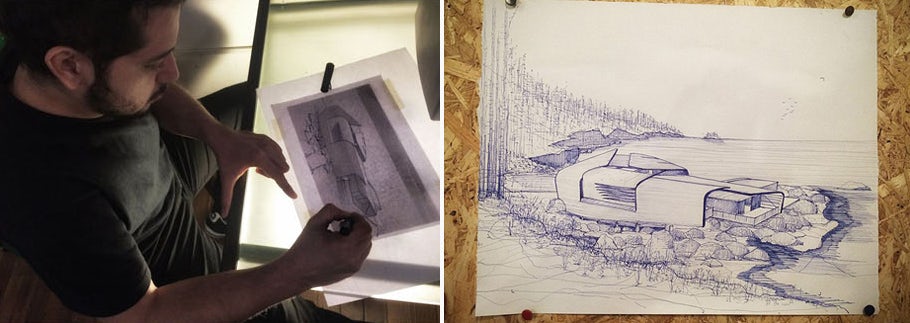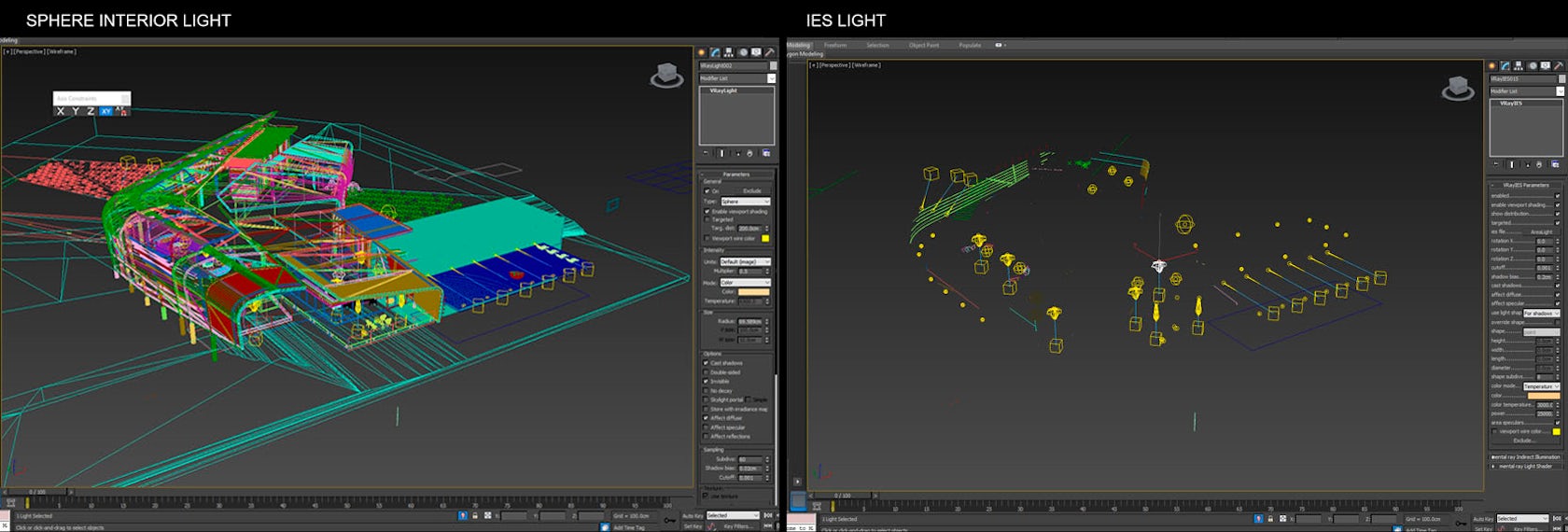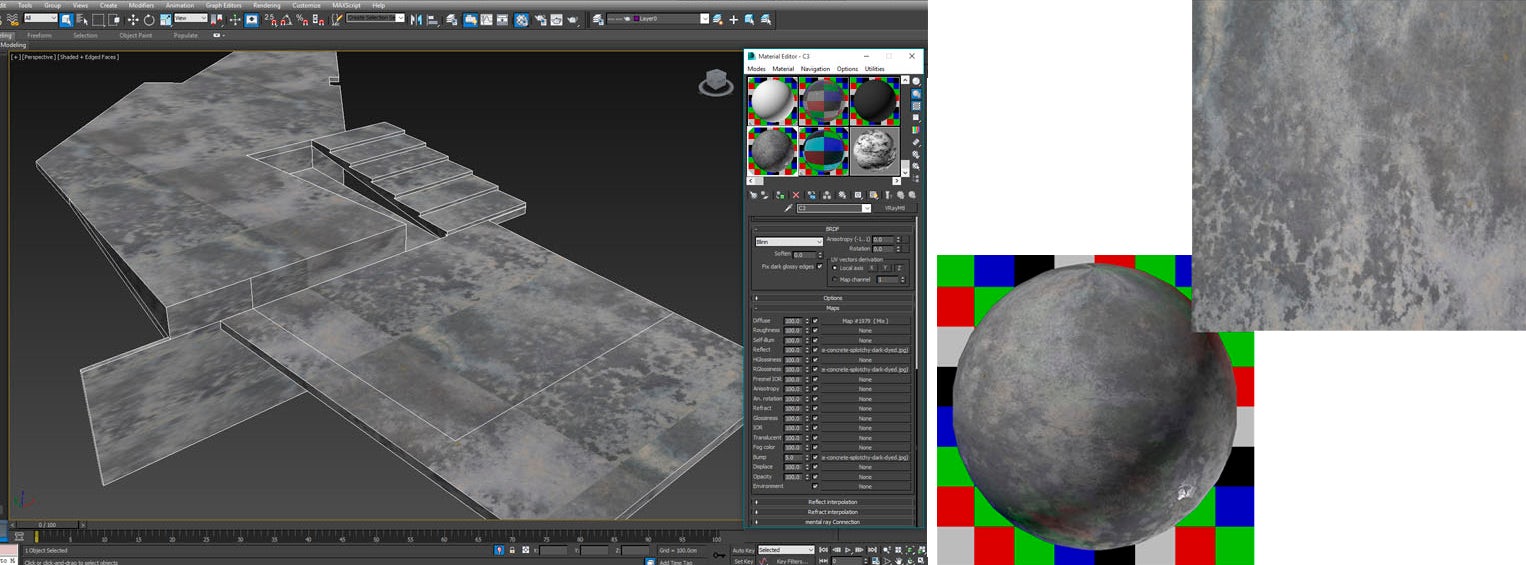Ronen Bekerman is an industry leader in Architectural Visualization who hosts in-depth tutorials on his specialist blog. Architizer is pleased to present a selection of these guides written by some of the world’s best rendering artists.
Today I’m happy to share the making of “Cliff House” by Matias Moret as he details the process of visualizing this west-coast, British Columbia, Canada–based house. This looks like a truly great location to live in. Enjoy!
Introduction
I’d like to thank Ronen for giving us the chance to share some of our work process with his ever-growing community of CGI artists focused on architectural visualization.
We named this project the “Cliff House,” stating the obvious. In this particular case, the work process was quite special. For better or for worse, photos were not available due to the site’s inaccessible location. So, the client described how it looked over Skype. Some pictures captured from Google helped, too.
Getting Started
After a couple of talks, we got down to it. First we searched for inspiration and selected the pictures that would help us build an atmosphere for the image. Here you can see our references:

As soon as we decided on the atmosphere we wanted to convey, we had to think about the image. It was very important to move safely forward, one step at a time, checking with our client that we were progressing on the right track, in order to avoid unfocused work.

Once the camera position had been chosen, we began to design our proposal. Here you can see our first sketch:

After one or two round trips, our proposal returned accepted. Our client liked it. Now that we had promised, we had to deliver!
Although the first sketch was OK, we need to make it clearer, both for us and for our client. What could be better and faster than an excellent hand drawing? Luckily, we have a great artist in our team who can often help us save a lot of time with a single drawing. The pencil still works its magic! Here you can see Fabricio going at it and the result of him doing so, the finished drawing.

The drawing charmed our client, but we have no idea how we would pull it off. I began thinking the answer would involve lots of Photoshop. It was a good thing the king of Photoshop is also in our team, but we shall leave that for last.
First, we tackled the lighting of the scene.
Lighting
For global illumination, we just used a dome light, with an HDRi from the great Peter Guthrie. Here you can see the settings:

For the interior illumination, we used sphere lights with a very warm tone setup and some V-Ray IES to generate more real-looking shadows on the exterior surface of the house.

Materials
Now, the materials: in truth, not many and not too complicated.
The mesh in which the house is wrapped was somewhat tricky because we wanted light to shine through the grille. We solved this by using an opacity map together with effect shadows, which resulted in a massive amount of render time. We couldn’t figure out any other way.

We used a concrete floor, as usual, slightly brilliant but not too much plus a mask to avoid repetitions and make it look more real:

Finally, we created the wood, also quite simply. Here you can see the settings:

Trees
Although the environment was created with Photoshop, we also made sure to scatter plenty of trees across the scene so they would be reflected nicely in the house. Here’s an image in which you can see the 3D trees:

Rendering
Another one for settings fans! Here are those that we use on almost every scene (click the image to enlarge):

Postproduction
Finally, we come to the Photoshop stage. Here is where the real magic happens. Walter (code name “Walcom”), who had been closely following the whole process, said he could translate the original drawing to the computer-generated version. And so he did.
Walter’s process needed more than words and still images to convey the work process, so we made this short video that shows better how the image came to life:
Here is the final result:

I hope you had fun reading and watching this making-of. Thanks a lot for bearing with us to the end!
Cheers,
Matias Moret
Check out these other amazing How-To features from our “Art of Rendering” Series:
How to Create “Lugano Lake House” Using SketchUp, V-Ray and Photoshop




